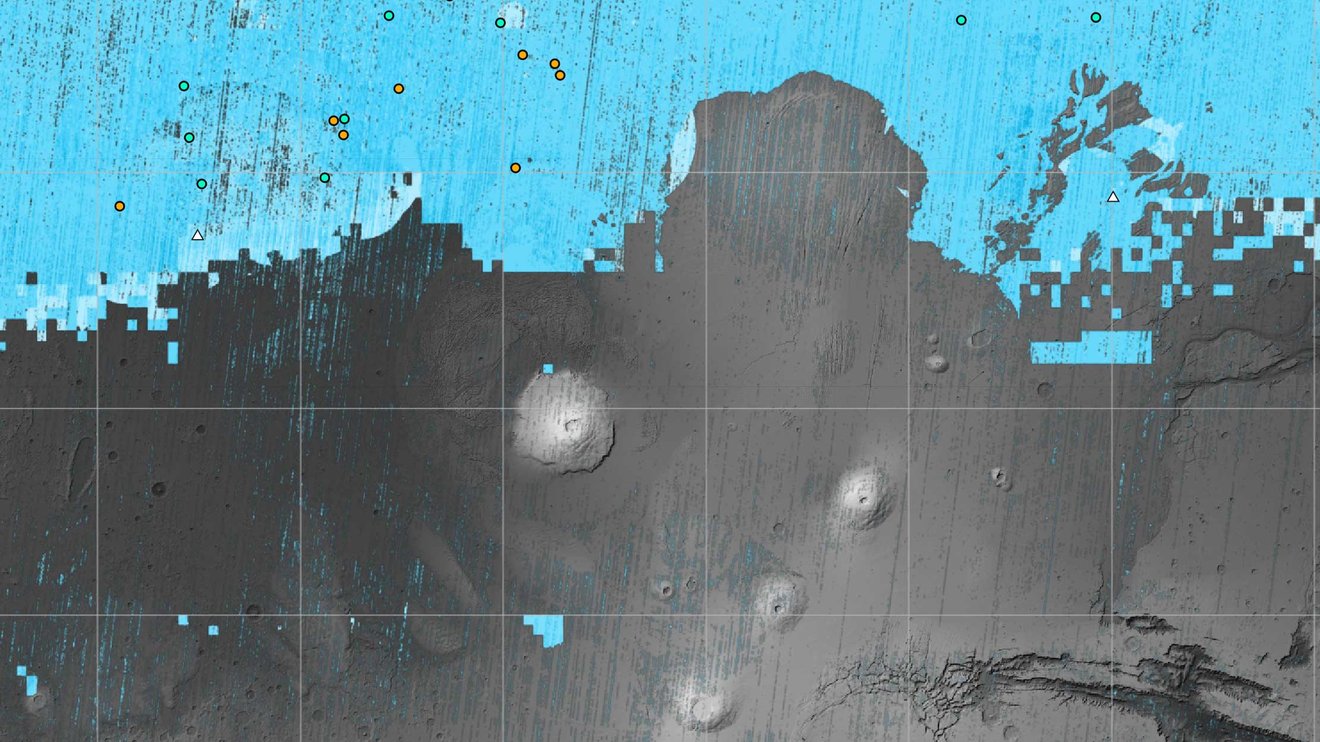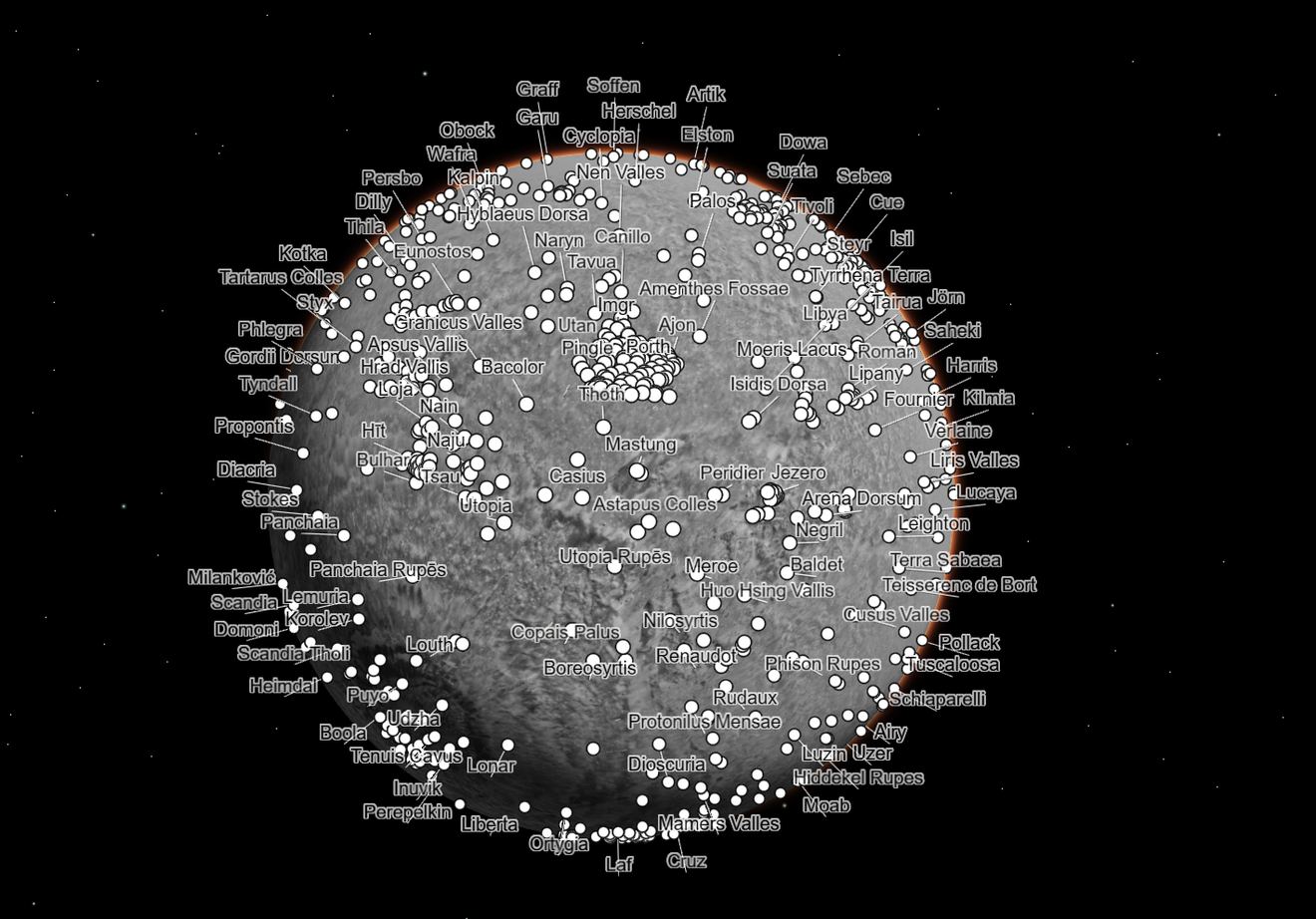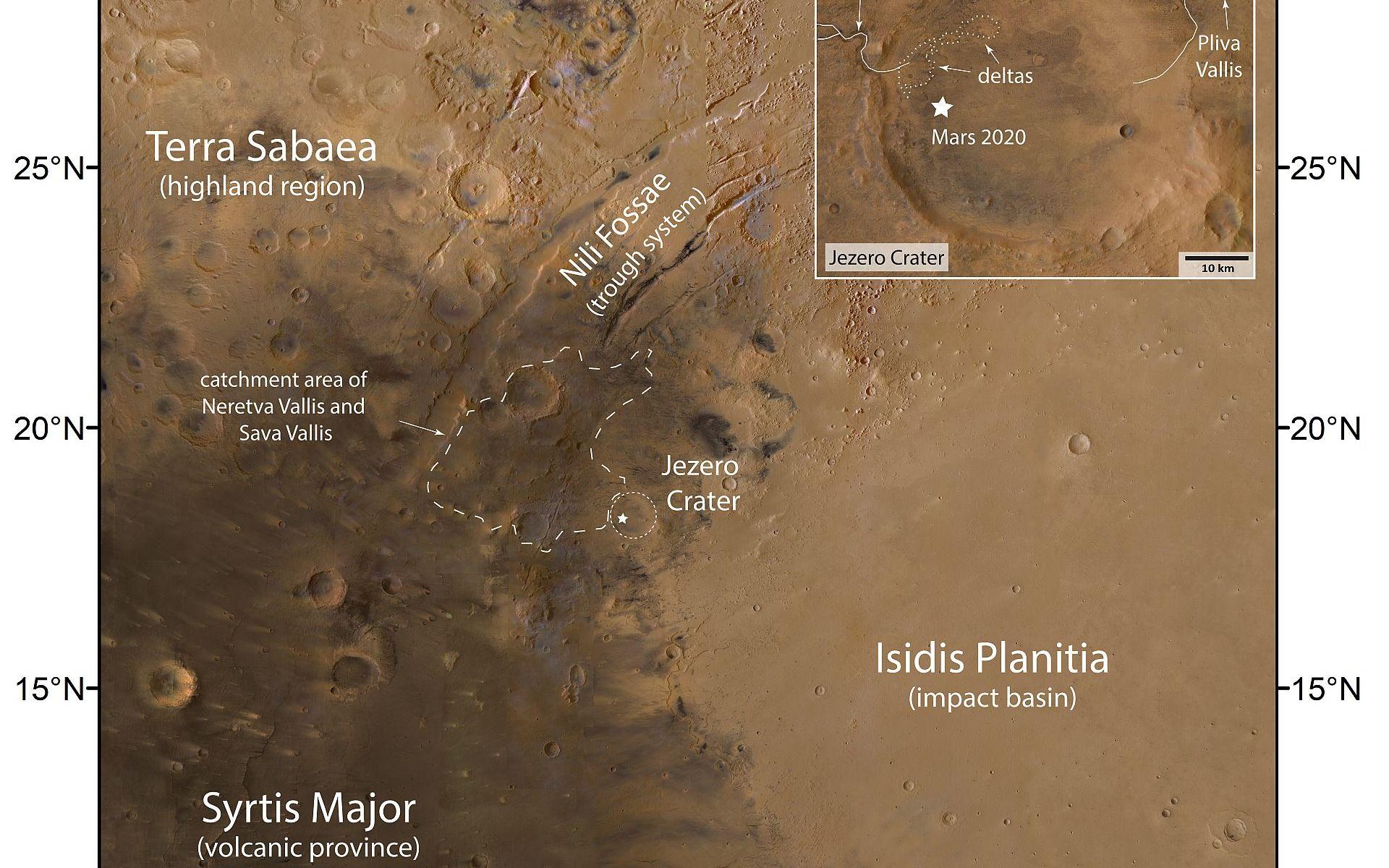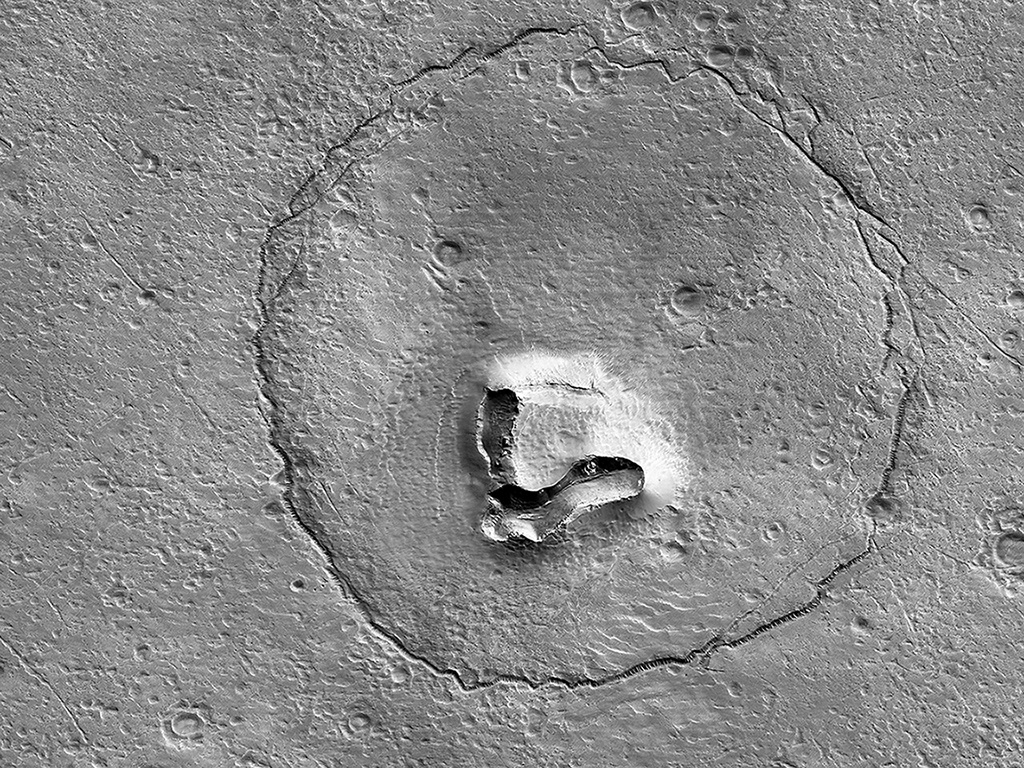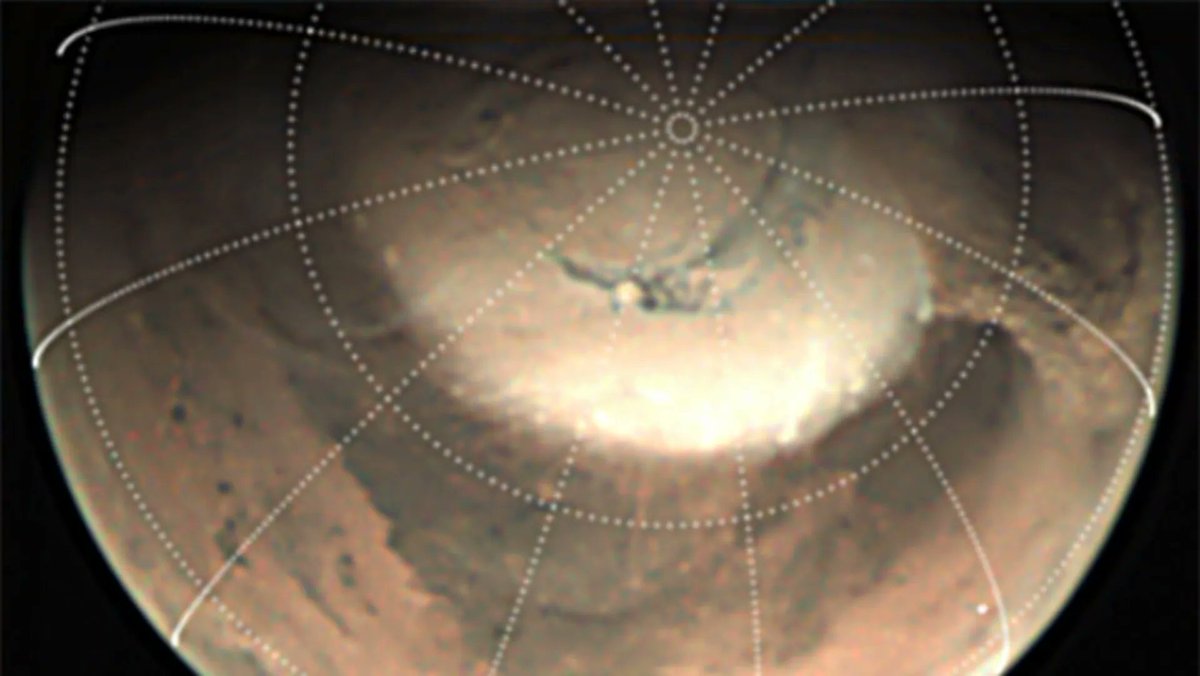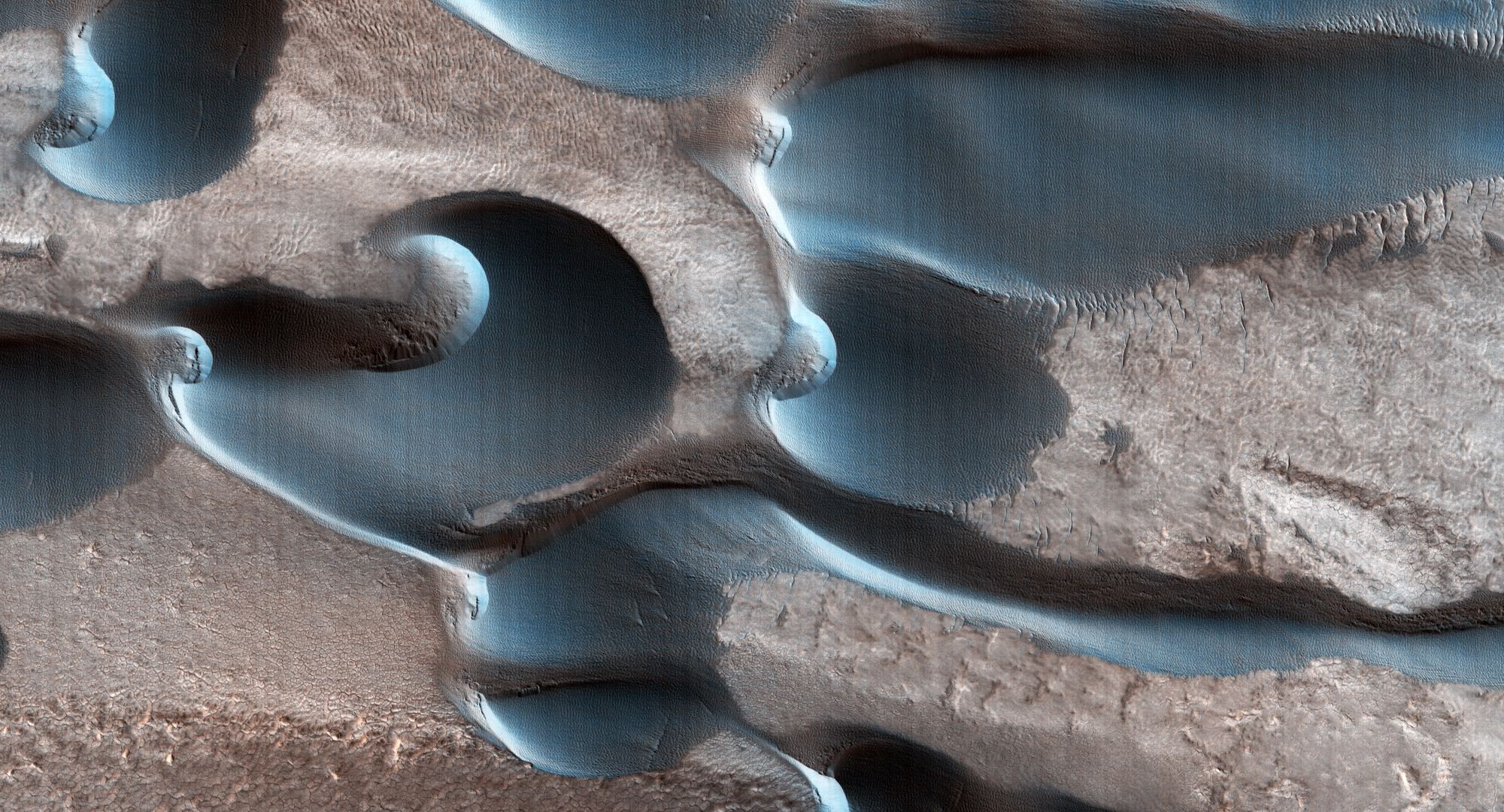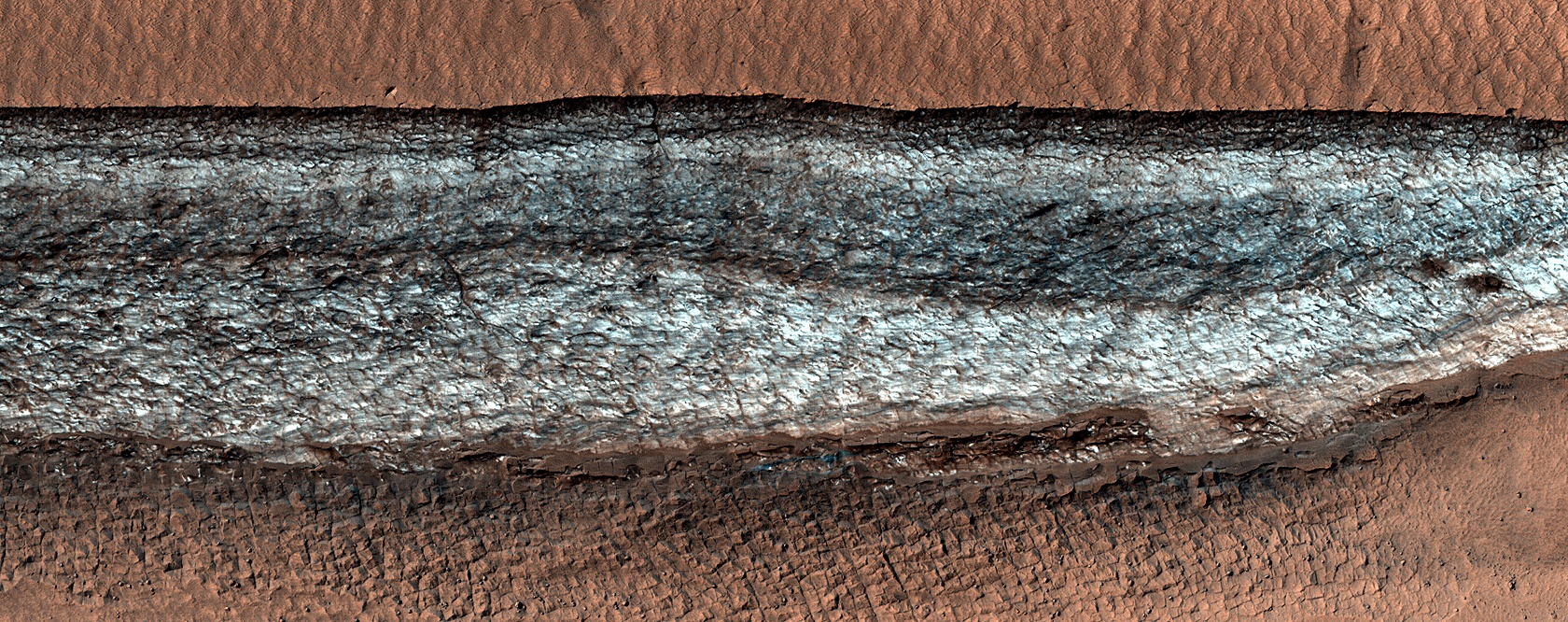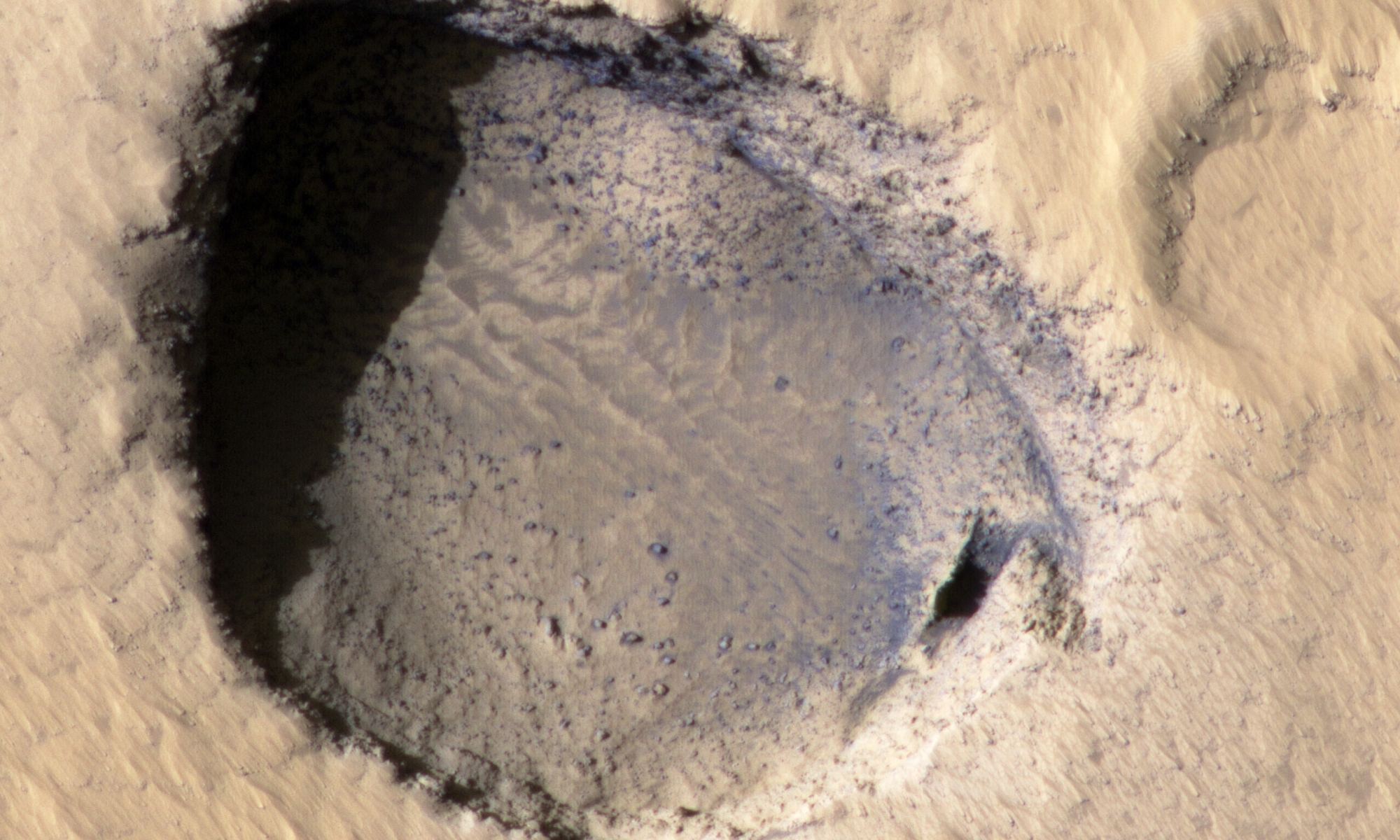Human visitors to Mars need somewhere to shelter from the radiation, temperature swings, and dust storms that plague the planet. If the planet is anything like Earth or the Moon, it may have large underground lava tubes that could house shelters. Collapsed sections of lava tubes, called skylights, could provide access to these subterranean refuges.
Does this hole on Mars lead to a larger underground cavern?
Continue reading “What’s Under This Hole on the Surface of Mars?”

